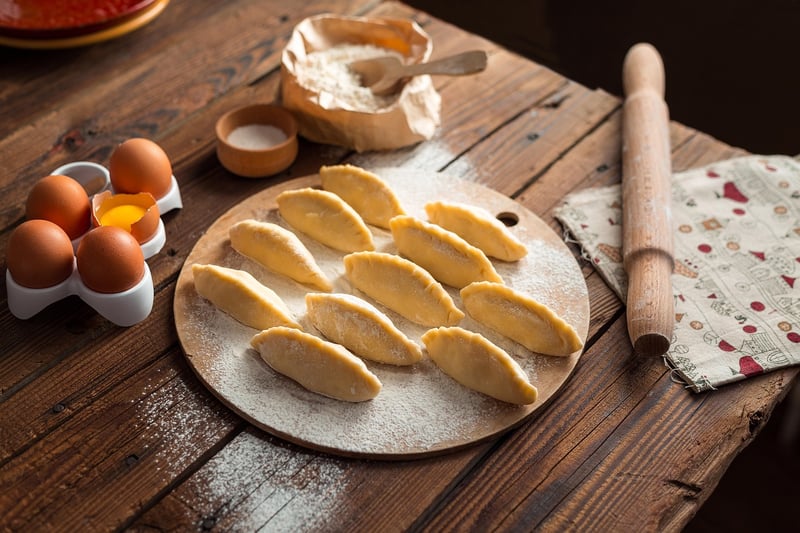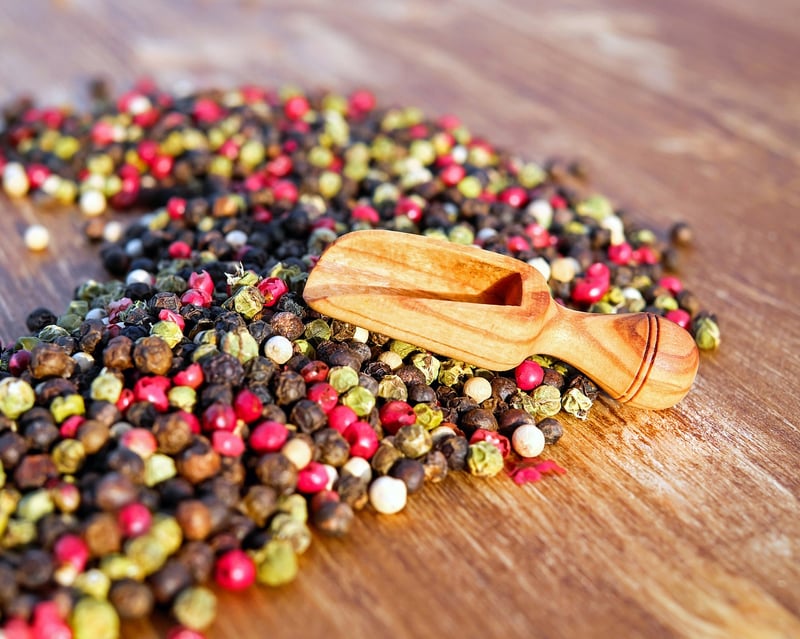Ingredient Substitutions
Master Culinary Efficiency + Ingredient Substitutions
Introduction
Welcome to our guide on mastering culinary efficiency and understanding ingredient substitutions. Whether you're a seasoned chef or just starting in the kitchen, these tips will help you save time, money, and make your recipes more versatile.
Culinary Efficiency Tips
Efficiency in the kitchen is key to creating delicious meals without the stress. Here are some tips to help you become more efficient:
- Prep Ahead: Chop vegetables, measure ingredients, and marinate proteins in advance to streamline the cooking process.
- One-Pot Wonders: Opt for recipes that can be cooked in a single pot or pan to minimize cleanup time.
- Organize Your Workspace: Keep your kitchen organized by grouping similar tools and ingredients together for easy access.
- Clean as You Go: Wash dishes and utensils as you cook to avoid a pile of dishes at the end of your meal prep.
Ingredient Substitutions
Running out of a key ingredient can be frustrating, but knowing how to substitute can save your dish. Here are some common ingredient substitutions:
- Buttermilk Substitute: Mix 1 cup of milk with 1 tablespoon of vinegar or lemon juice as a substitute for buttermilk.
- Egg Substitute: Use 1 tablespoon of ground flaxseeds mixed with 3 tablespoons of water as a replacement for one egg in baking.
- Tomato Paste Substitute: Replace tomato paste with an equal amount of ketchup for a slightly sweeter flavor.
- Garlic Substitute: If you run out of fresh garlic, use garlic powder or minced garlic from a jar in a 1:1 ratio.
Conclusion
By incorporating these culinary efficiency tips and ingredient substitutions into your cooking routine, you'll be well on your way to becoming a more confident and resourceful chef. Experiment with different techniques and substitutions to discover what works best for you in the kitchen!


